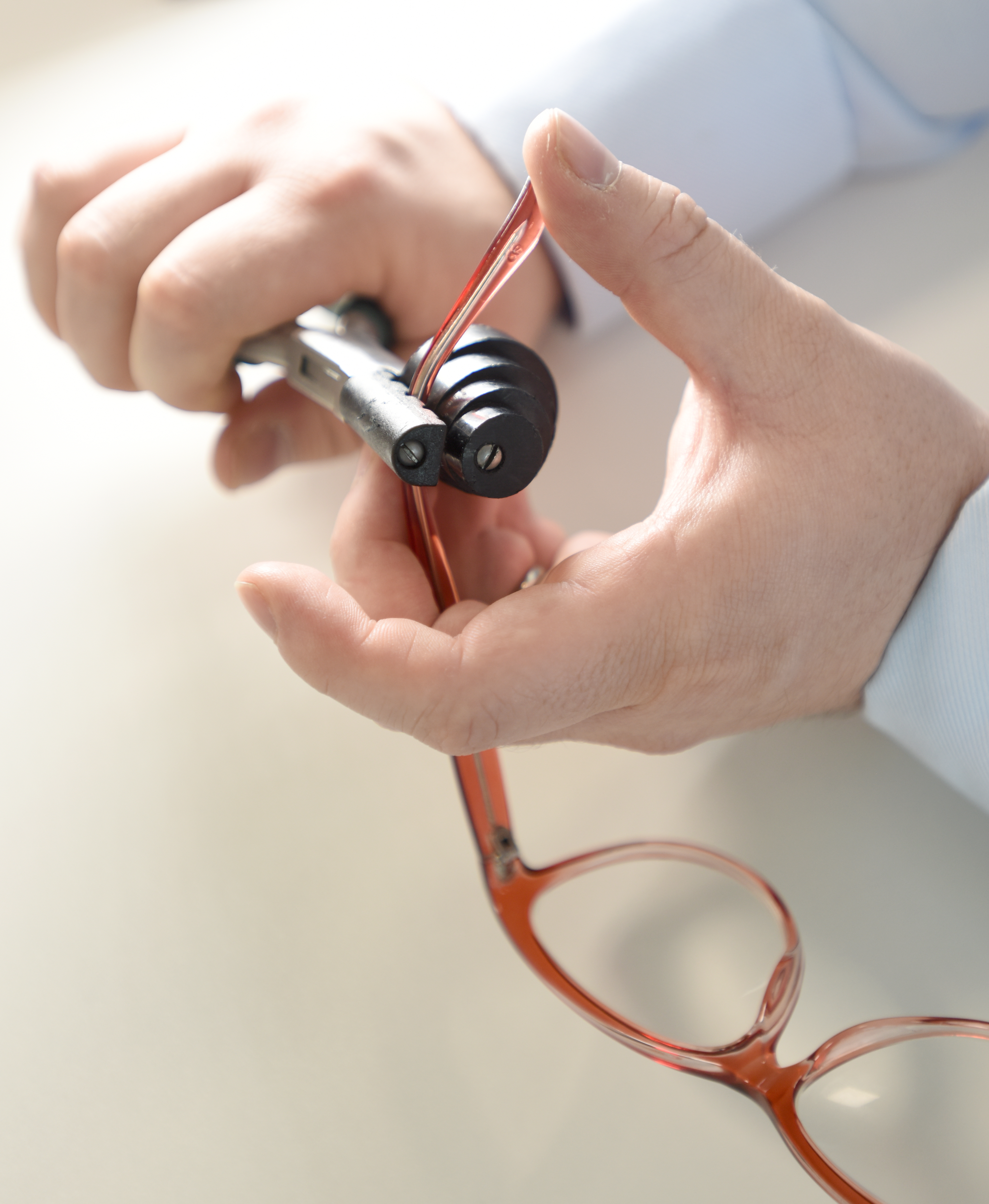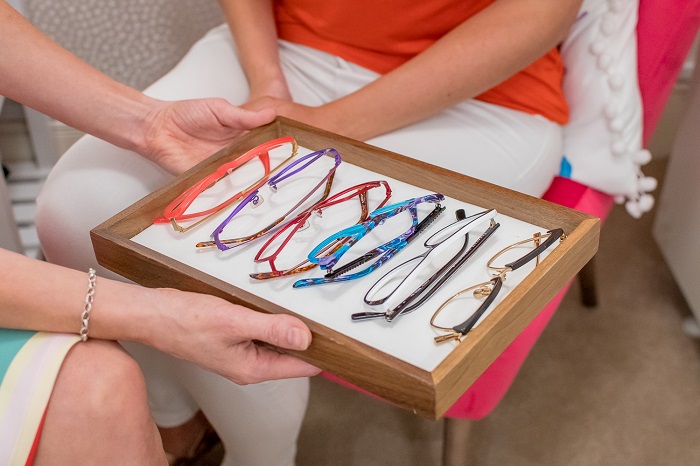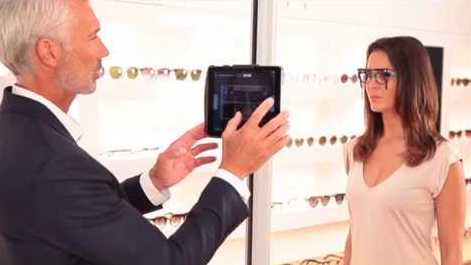Bouncing back to reality
The much overused and least understood phrase of recent weeks is ‘new normal’. It’s fair to say that we really don’t yet have a full grasp on where eyecare businesses may have to adapt to get back open, trading and fully operational. It’s also fair to say that it won’t be a ‘one size fits all’ situation.
Understanding your patient and your market and how they are changing is vital to recovery. It could be time to revisit your vision and values, to refocus the business and to evaluate what may need to change as priorities change. If Plan A is no longer suitable, maybe it’s time for Plan B or even Plan C.
Relationships with patients have never been more important. In order to be agile in the coming weeks and months, it is important that you engage with your patients, your teams, your suppliers, experts and each other to forge new alliances to work together.
How will patients have changed?
It is really important to engage with patients in innovative and creative ways. Even during lockdown, keep the dialogue flowing and tell your patients what you have been doing, how the practice may be changing to cope with new requirements, and tell them about your future goals. To illustrate resilience, you need to come across as resilient.
You may wish to ask your most loyal patients what they expect when business starts to return to normal. What concerns might they have about visiting the practice and how can they be relieved?
Patients will be understandably focused on Covid-19 over other health issues. This could affect advice on wearing contact lenses safely, which is particularly important as people are spending more time indoors looking at screens. Practitioners can help by reaching out to patients and reiterating eye health advice, with infographics (including those provided by the WHO and EyecareFAQ) being a useful tool.
Patients are likely to be afraid of coming into a practice if they need to. They might not realise that eyecare advice can be provided over the phone, at least initially. It is helpful to reassure patients that practices are safe environments and make them aware of the services that can be provided remotely.
The world of the patient will no doubt have been impacted by Covid-19 and lockdown. We may find that post-lockdown, the ‘usual’ trading patterns of business may change as more people engage in flexible working patterns and work from home. Mark Zuckerberg, founder and chief executive of Facebook, has said that the company expects half of its workforce to be working outside their offices over the next five to 10 years1.
Will you still see the lunchtime and post-work rush? Will trading hours need to flex too? What about online? Between 2018 and 2019, the market share for online increased from 3.9 per cent to 4.3 per cent by value, mostly for contact lenses where 22 per cent of wearers now buy online2.

Patients prefer their spectacles to be professionally fitted
In the market for spectacles, people’s desire to have a professional fitting is helping opticians combat competition from online sellers of glasses. People value having glasses fitted by an optician. There are a number of factors that contribute to this. Glasses that have the appropriate style look better, if they fit properly, they are more comfortable to wear and if the lenses are set up properly for the wearer, vision is better.
Mintel Trend Return to the Experts sees that human advice is valued and that human advice can be positioned as the new ‘first class’ – offering an alternative to the automated ‘economy class’. Eighty-three per cent of patients think it is important to have glasses fitted professionally, at an optician – a key factor that will hold back the tendency to shop online2.
So should you also be utilising online in new ways to offer the convenience that patients may desire whilst maintaining the service that is so vital? Will the ‘new normal’ be more ‘clicks and mortar’ than ‘bricks and mortar’?
E-commerce for your practice
Considering e-commerce first, there is an opportunity for practices to offer a convenient supply for contact lenses or accessories.
Building eye health check-ups into a subscription model for contact lenses is a common way for opticians to convince people to stick with them. Seventy-seven per cent of regular wearers of contact lenses agree that it is important to buy contact lenses from opticians that do check-ups, as do 69 per cent of infrequent wearers2.
But it’s not just about e-commerce when online is considered. What about your website? What functions may it be able to offer that may place part of the patient journey online rather than in practice?
Education available on your website will allow patients to access information 24/7 about your services and about eye health and vision. FAQs are a great way to help people get to the information they need and learn how you can help.
Appointments available to book online will give patients a great way to access your services, either through a DBS (directly bookable system) or through a system where they can request an appointment and you confirm this with them by phone, SMS or email.
Products displayed online will give your patients an opportunity to look at lens and coating/tint options as well as your great range of frames. This may well link back to the education section mentioned earlier.
Images of how lenses work and of your frame ranges may help people to browse at leisure and choose favourites before they visit the practice, thereby reducing time needed in a face-to-face environment. Some companies have chosen to have a virtual try-on function for frames added to their website to enhance this ‘home browsing’ process.

Ensure staff are trained on style selection
Technology and training
Technology and training, that help ensure that the style is suitable for the customer, will help to add value to a sale. Mintel Trend Guiding Choice looks in more detail at those who find there is too much choice and too little time, meaning that shoppers want shortcuts to make choices easier. This is something that is being handled in-practice using portable technology such as tablet computers, as well as by training staff to be able to advise on style selection.
Will virtual try-on become the norm in practice whilst carrying out frame recommendations and selection? Without knowing how future rules on social distancing and the cleaning of display stock may impact in the medium term, it’s difficult to say. But patients may see an advantage to being able to see themselves in styles virtually rather than trying on frames when there is a concern about who else may have worn them beforehand.
Will a ‘virtual lens sample’ on a tablet to demonstrate how a lens product looks and works replace the need for physical samples? Again, for the same reasons as stated above, patients may prefer this to handling physical samples.
How will social distancing work when taking measurements for dispense? If we assume that arm’s length will be less than six feet, which of course it will, how can measurements be safely taken? This may be an unforeseen advantage of the multitude of tablet and tower-based measurement systems out there, whereby placing a reference device onto the frame, measurements can be taken without contact and from a safe distance.

Consider social distancing in your dispense
Up-skilling your team
When it comes to problem solving for your business, don’t forget the great asset that you have in your team. They should be included in discussions and problem solving; by listening and discussing ideas with them they can offer a different perspective of potential challenges and solutions as they may be closer to the patient journey on a day-to-day basis.
Engage with your team for ideas on ways you may need to adapt your workplace. You may even want to consider reverse mentoring (see later).
At this time, you should also look at how you will up-skill the team to deal with any new procedures and requirements. The 4Ds are a great way to consider how learning can be managed:
1. People learn through Discovery – that is by finding things out themselves (mostly on the web) through searching or opportune browsing. Look to give curated journeys to target the learning
2. People learn though Discourse – that is by interacting with others, whether it be in their professional social networks (LinkedIn) or with their work colleagues
3. People learn from Doing the day job and from their everyday work experiences
4. And of course, people do learn through Didactics – being taught or trained
Networking and mentoring
Who else can you turn to for help and assistance? There may be a group of people that you trust highly who may be able to assist you at this time, e.g. contacts on LinkedIn. Collaborations and partnerships that you may never have considered may be more relevant now. Recent times have even see Apple and Microsoft collaborating to develop Covid-19 tracing apps.
Don’t forget that there is also great benefit to be gained through mentoring, including reverse mentoring. When ABDO launched its mentoring platform, the aim was to provide a tool that you could use to help support your career development and to share knowledge. Whilst that is still the case, it does also provide you with an online facility to find a mentor to help support you through current challenges or for you to be able to offer your support to others as a mentor. You may not be able to solve all the challenges that we will face going forwards, but having someone to give you some additional support and ideas could be invaluable.
Mentoring doesn’t always mean older people helping younger people; reverse mentoring can work equally well and be very beneficial. Most traditional mentoring scenarios assume the pairing of an experienced leader or professional with a younger person to achieve a goal or overcome a challenge. Now, more and more we are seeing experienced professionals turning to reverse mentoring in which individuals – older and younger – encourage mutual growth and each gain new knowledge and expertise as a result.
Financial recovery
Considering financial areas now we need to look at ways of recovering lost sales and boosting the pipeline. This may include looking at some form of incentives or loyalty programme for existing patients to tempt them back in.
It is important to consider what impact the lockdown has had on your recalls for the next one to three years. Working on the basis that 71 per cent of patients had eye examinations in the last two years2 – and therefore assuming most people will return on a two-year cycle – there will be a potential ‘hole’ in recalls for the months covered by lockdown and reduced services. You may need to re-issue reminders and look to cover the lean months for the future recalls.
Earlier we mentioned e-commerce options. Non prescription sunglasses could be a win here if the UK weather is in our favour. Twenty per cent of non-prescription sunglasses in the UK are purchased online2.
A good initial step for you and your business would be to create an 18-month cashflow forecast (and consider the worst case scenarios) to see if you have a potential gap. If such a gap exists, you may need to consider:
• Cost savings
• New and improved revenue streams
• Grants
• Loans where options include the Business Interruption Scheme, Bounce Back Loans and for new businesses, the Future Fund
When reviewing your cost base, you may consider areas such as people, premises, utilities, marketing costs, suppliers. You may also wish to speak with your accountant about deferring tax payments where appropriate, e.g. VAT, PAYE and Corporation Tax.
On the topic of suppliers, review your supply chain resilience. Look at those who were able to support you through tough times and may still be able to with loyalty programs and flexibility in longer term contracts. Carry out a full review of all of your critical suppliers to be up to speed on how they are operating now.
This article is by no means meant to offer an exhaustive list of what is needed. As mentioned at the beginning, there is no one size fits all. It is hoped though that this may have highlighted some areas for focus and started to guide future actions.
References
1. BBC News – Coronavirus: Flexible working will be the new normal. 22nd May 2020.
2. Mintel Optical Goods Retailing – UK – February 2020.